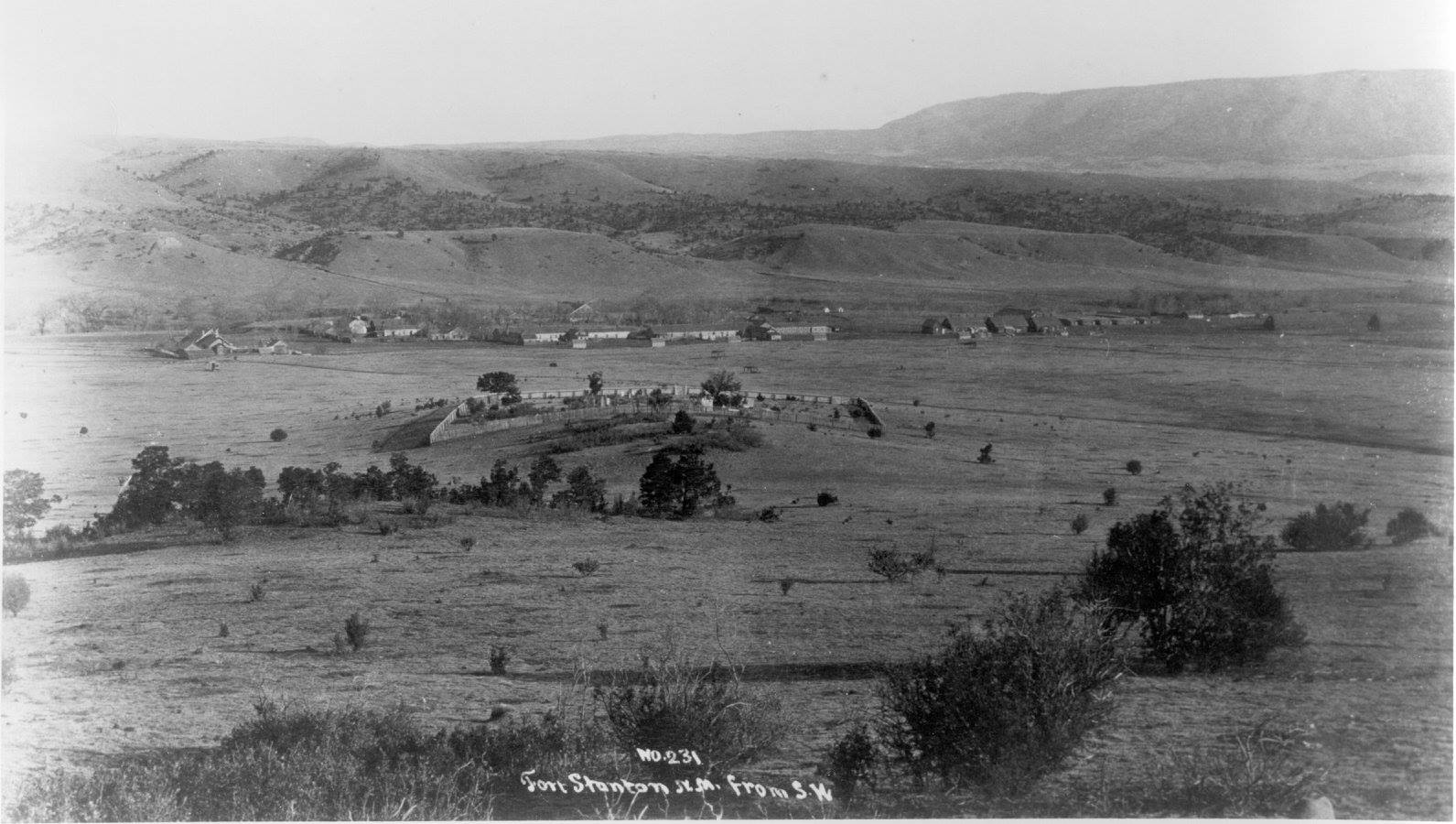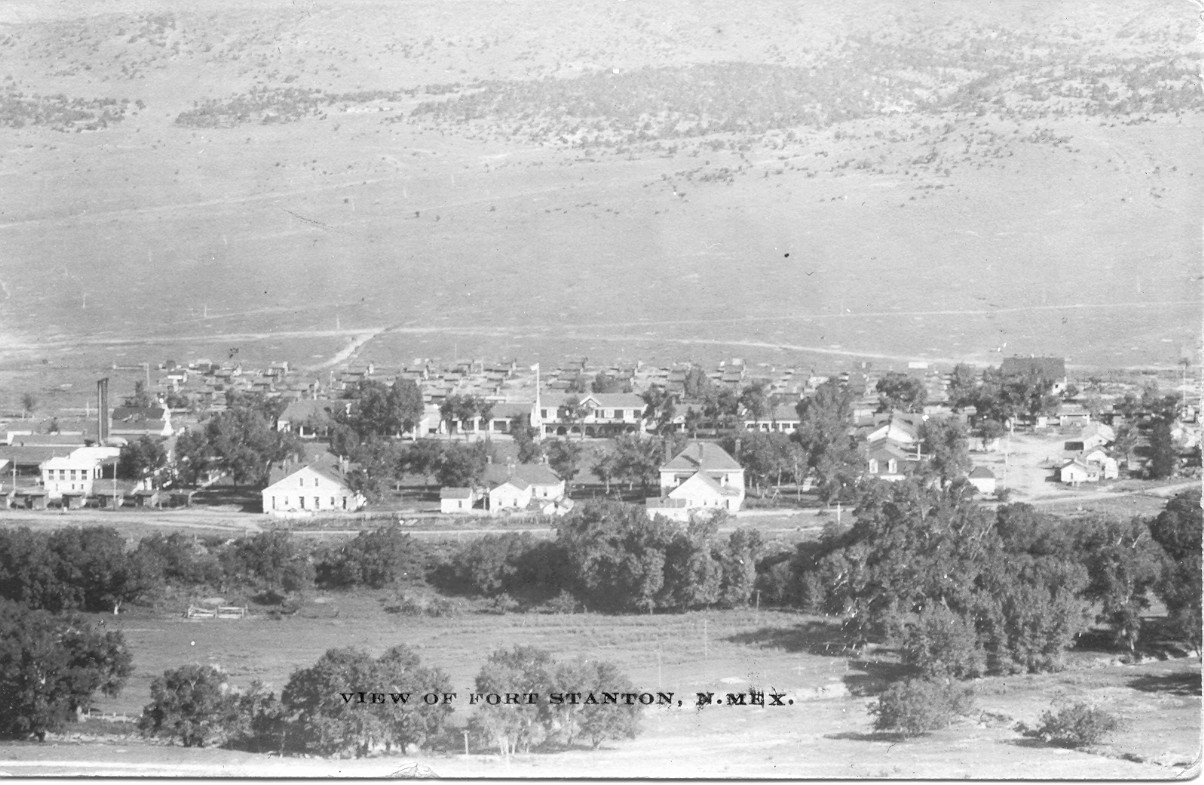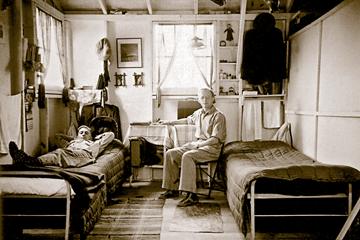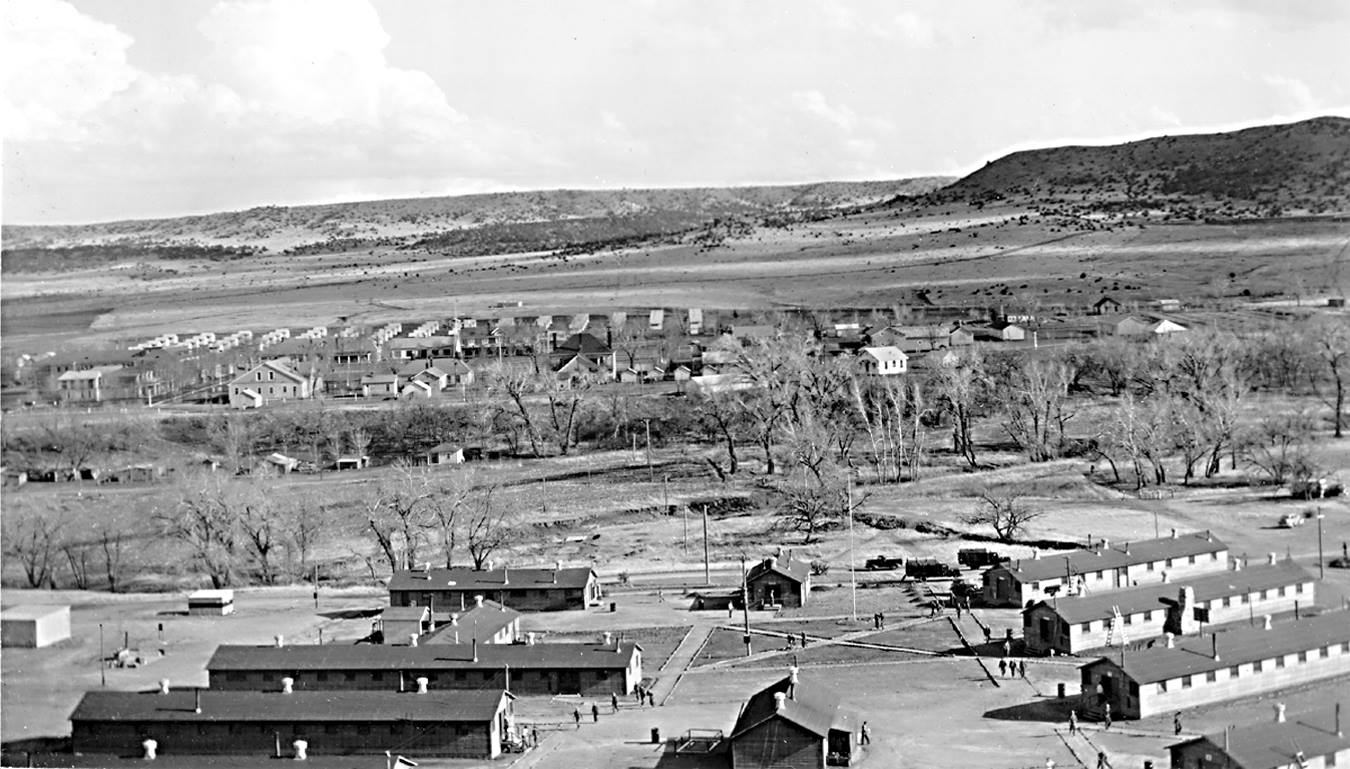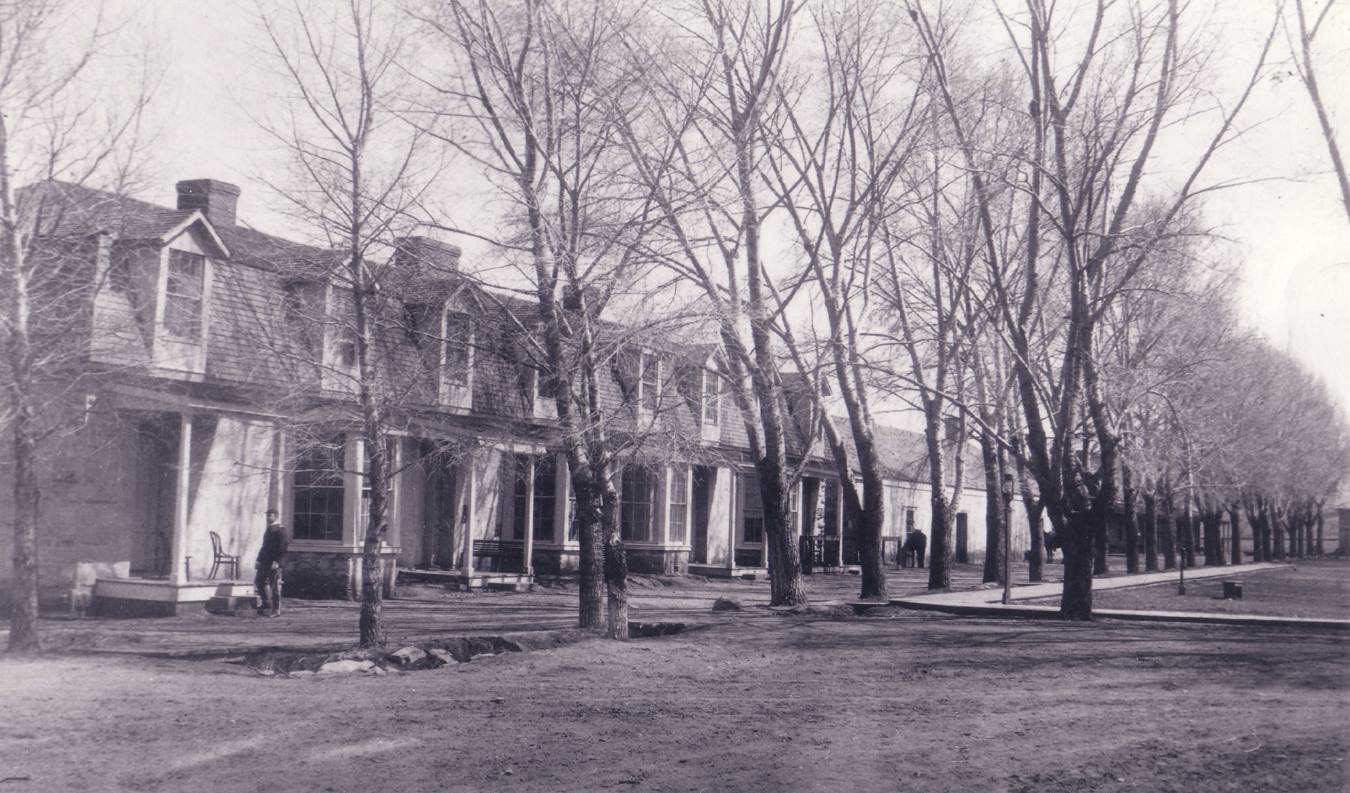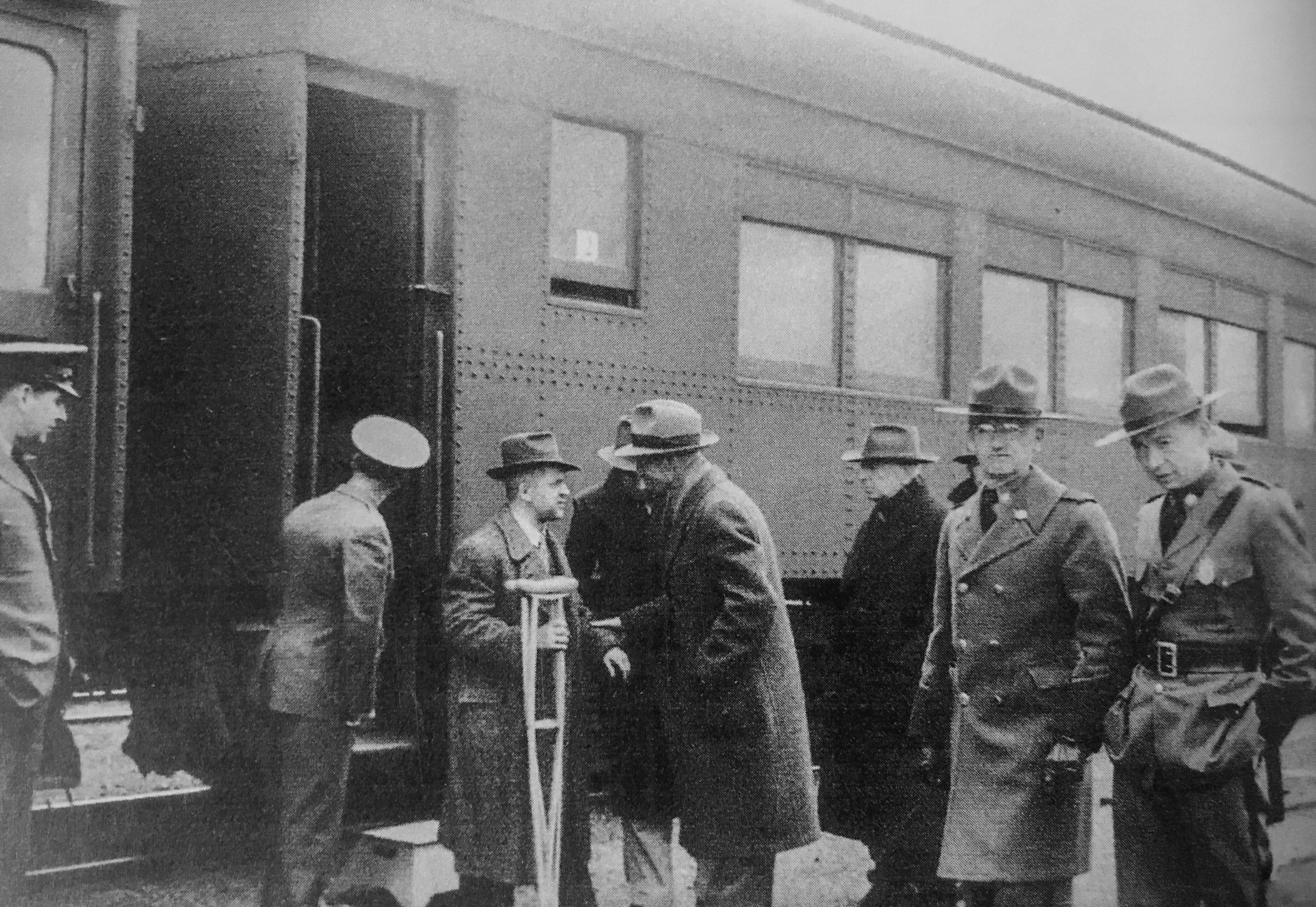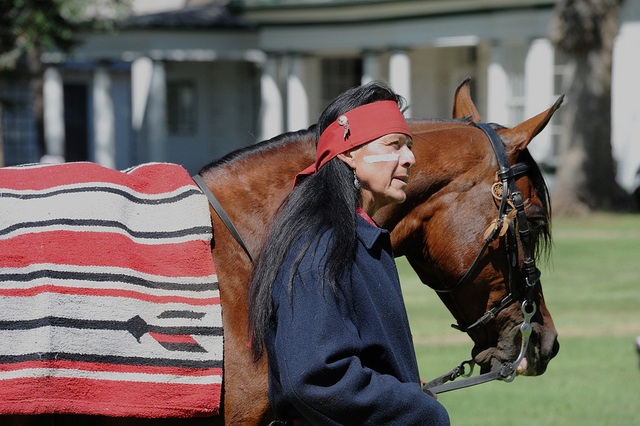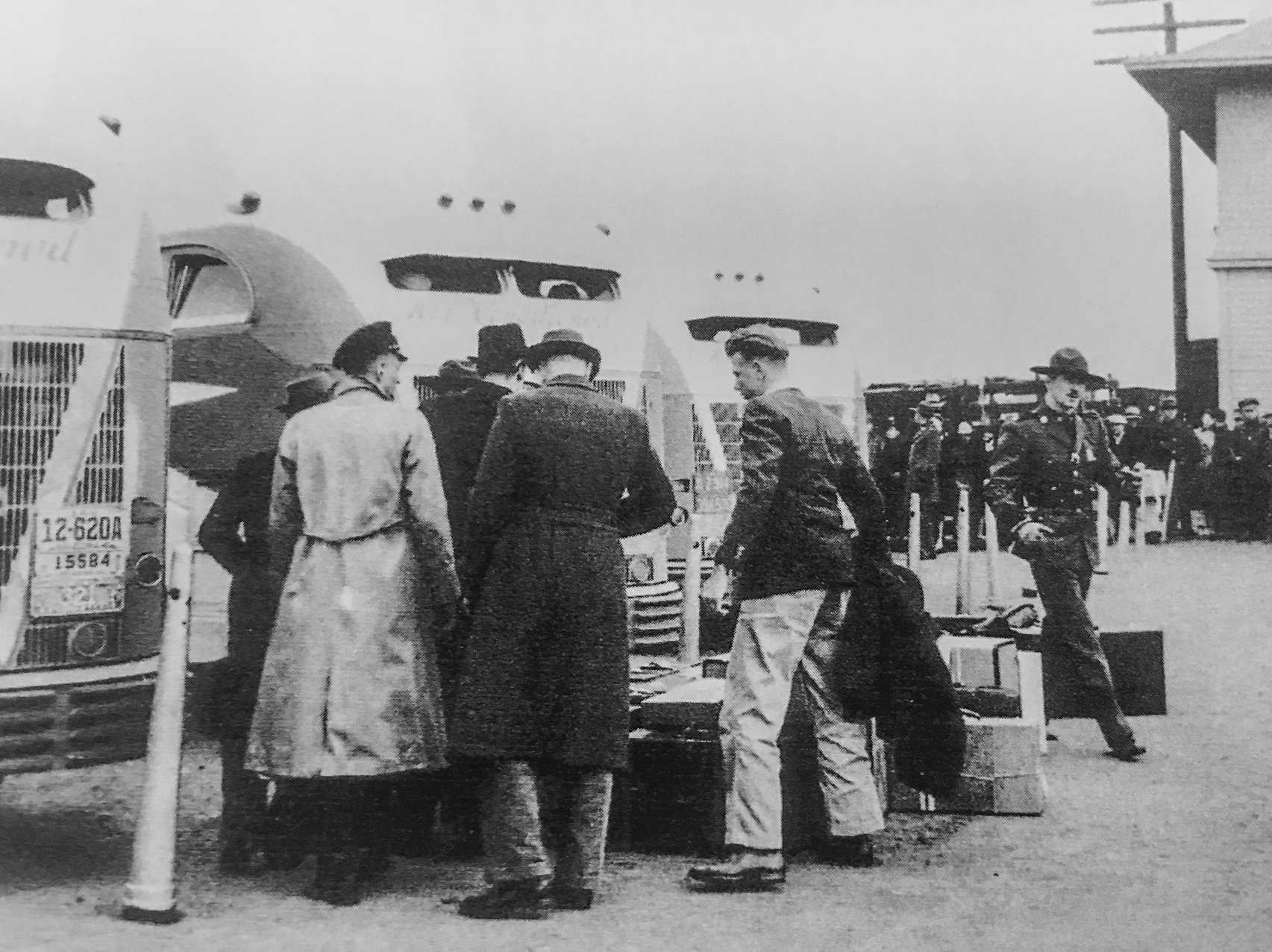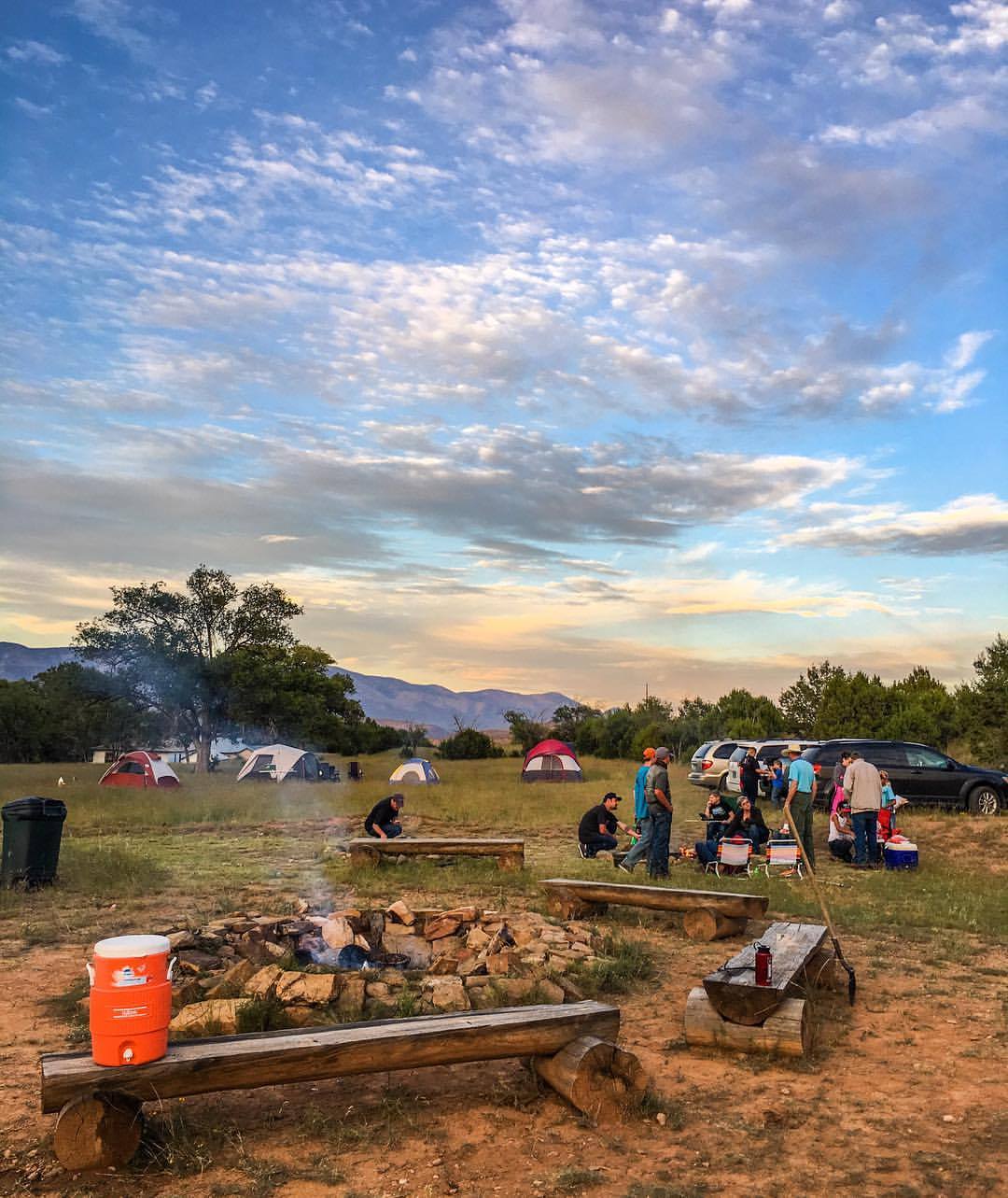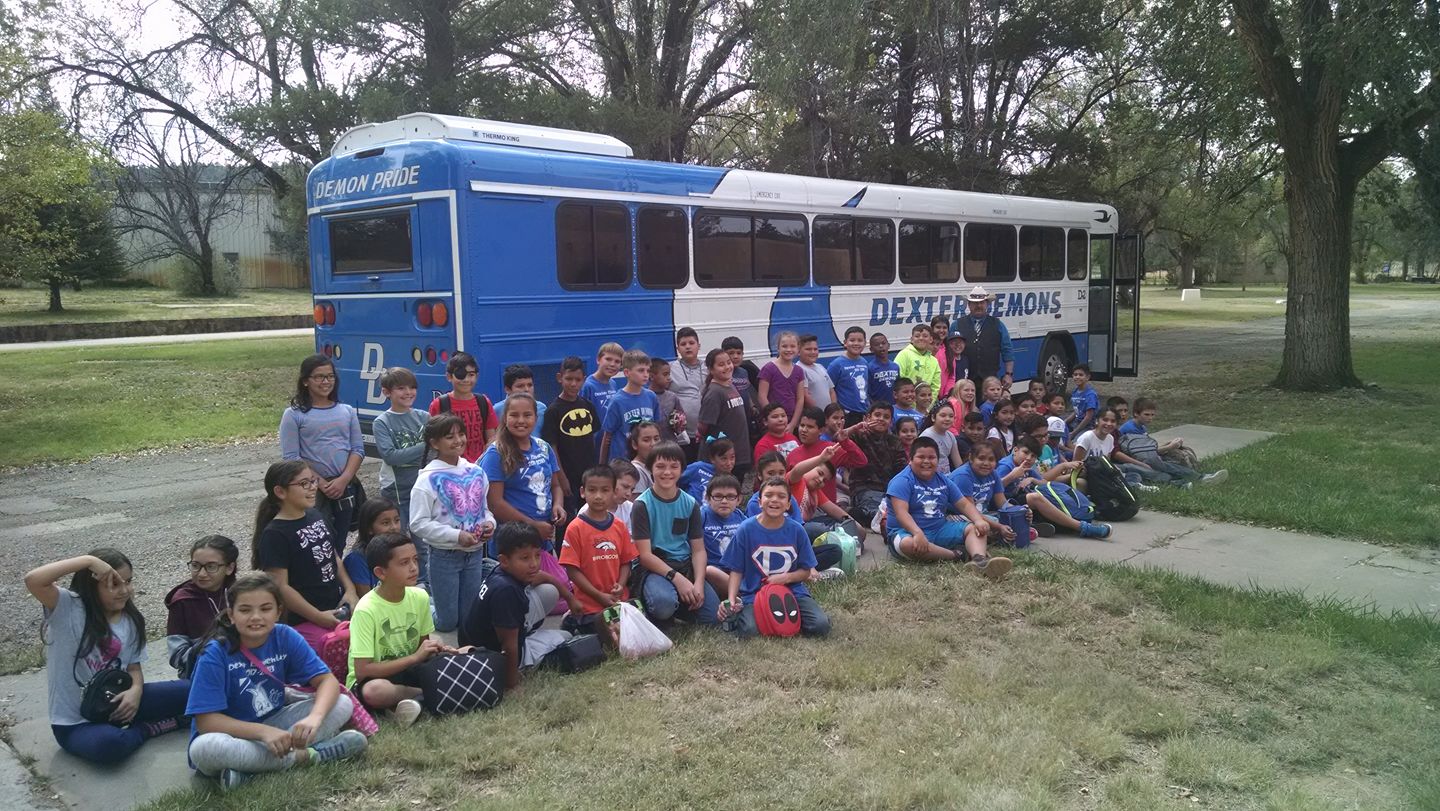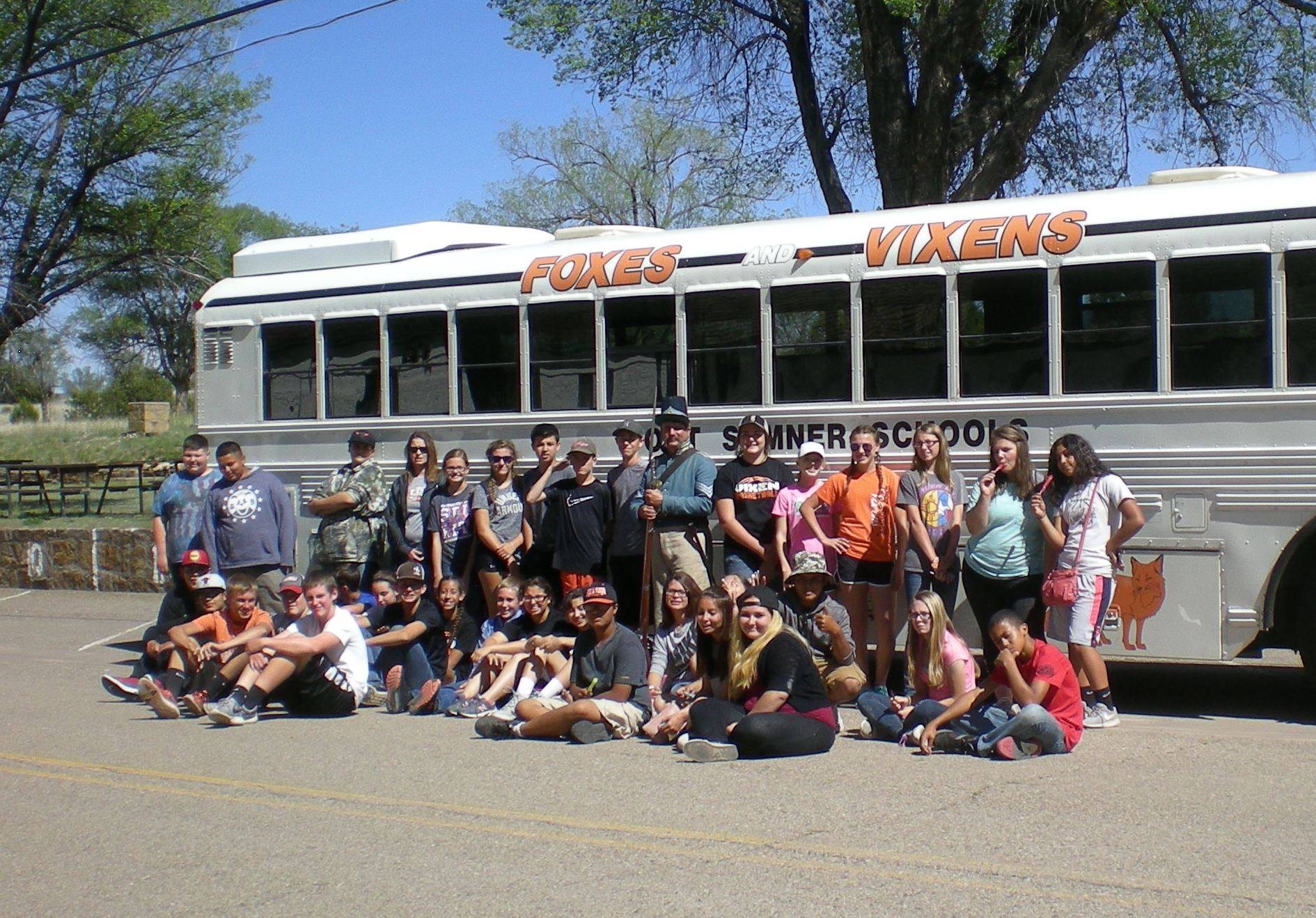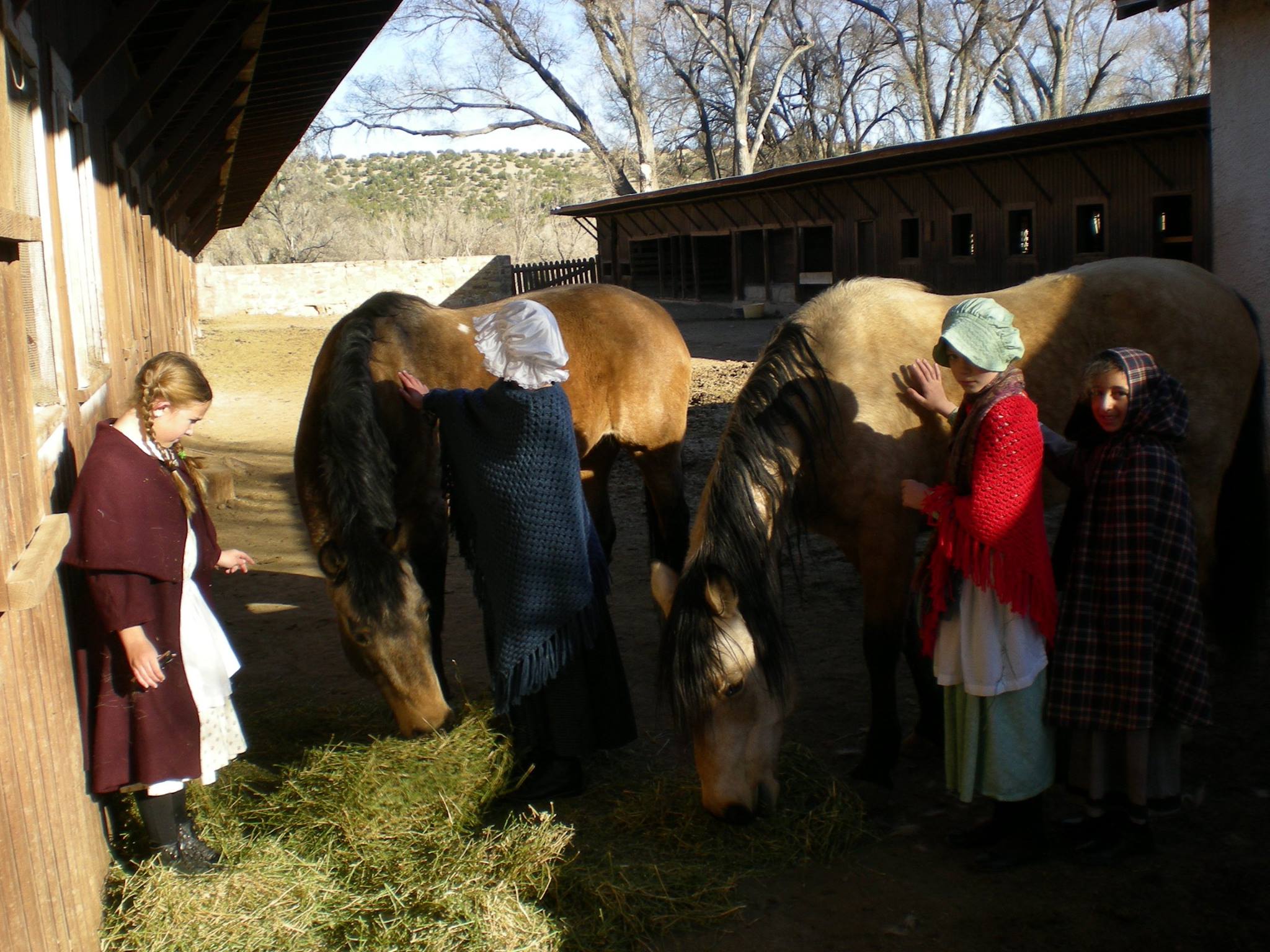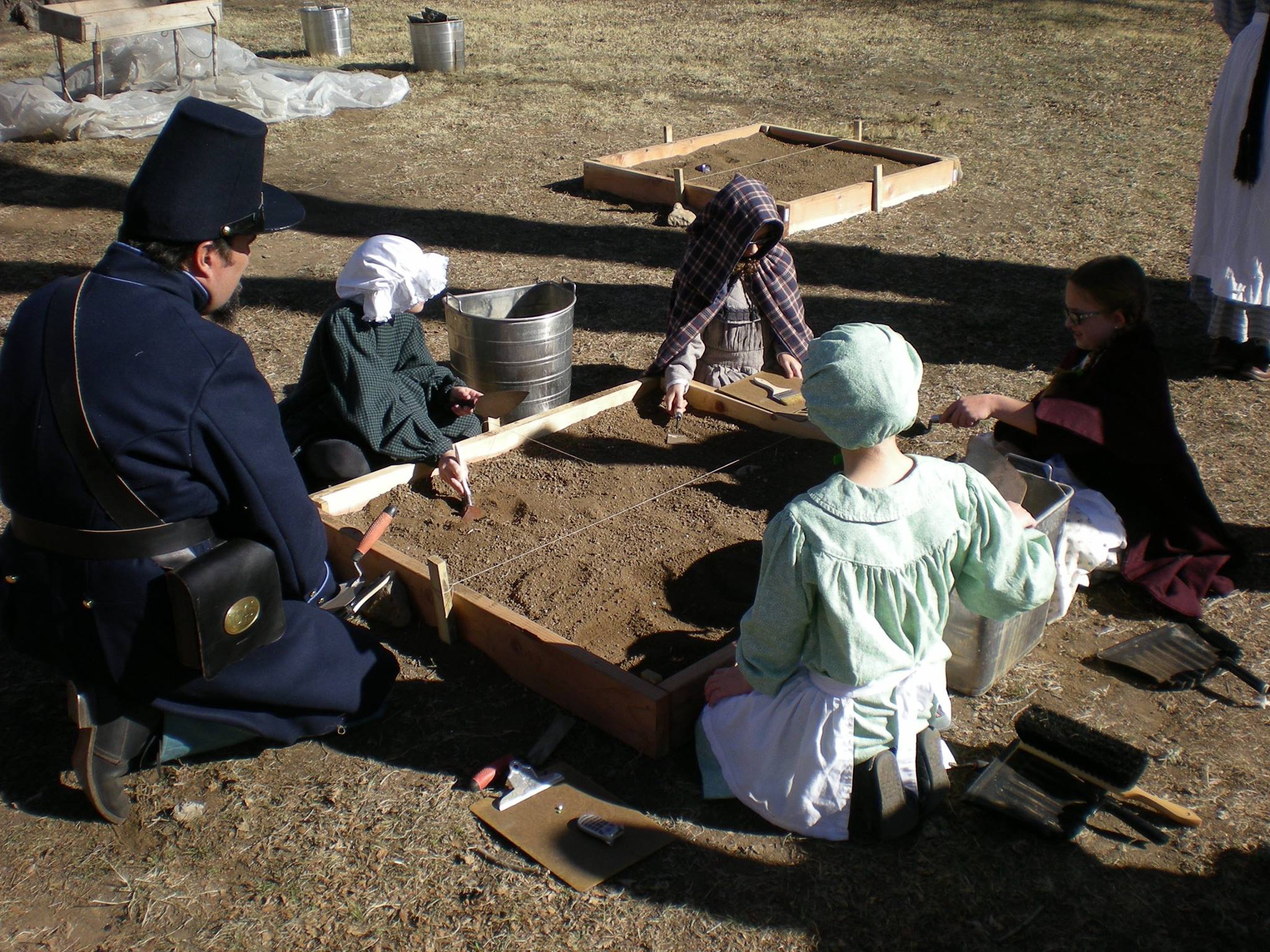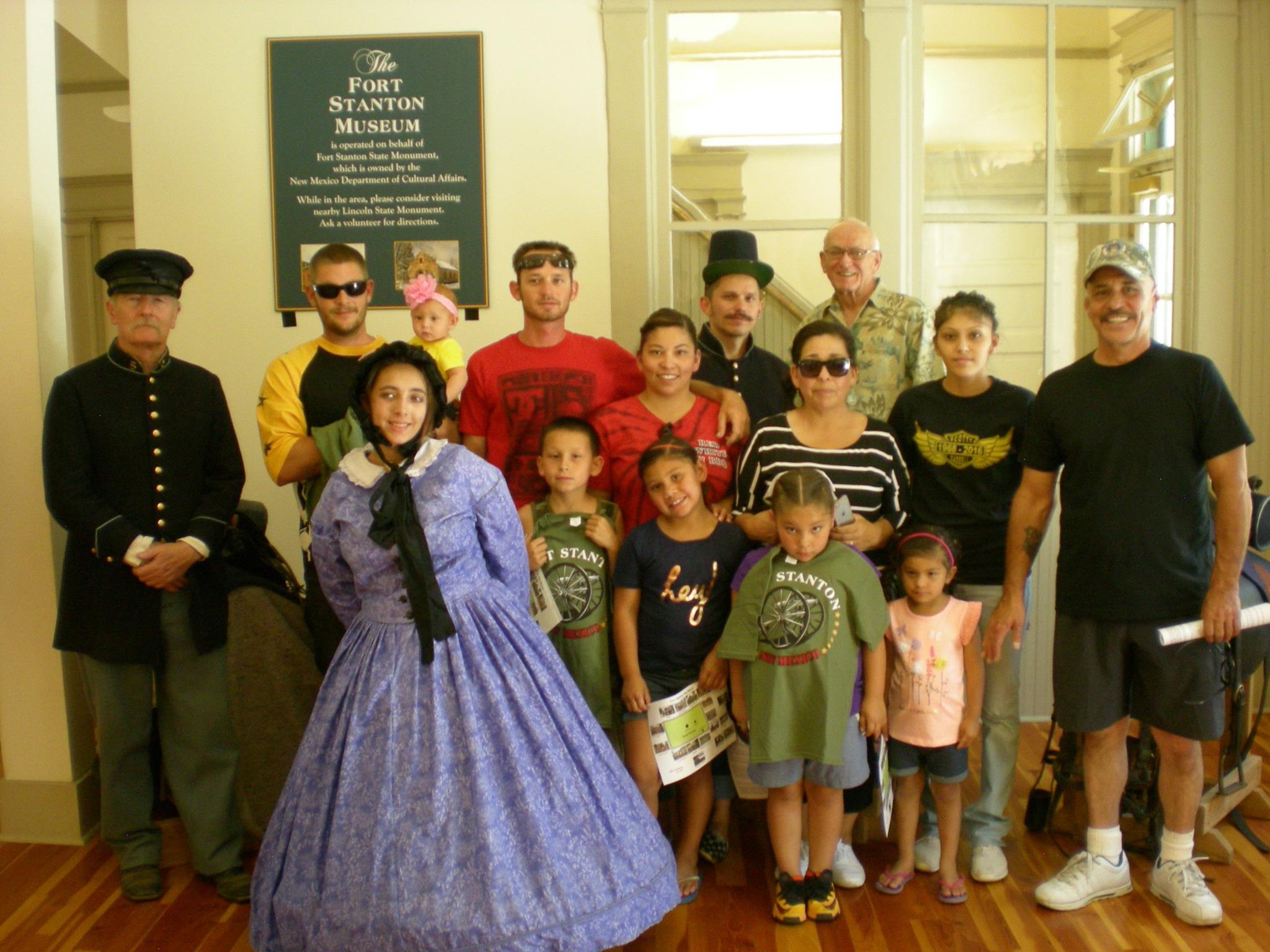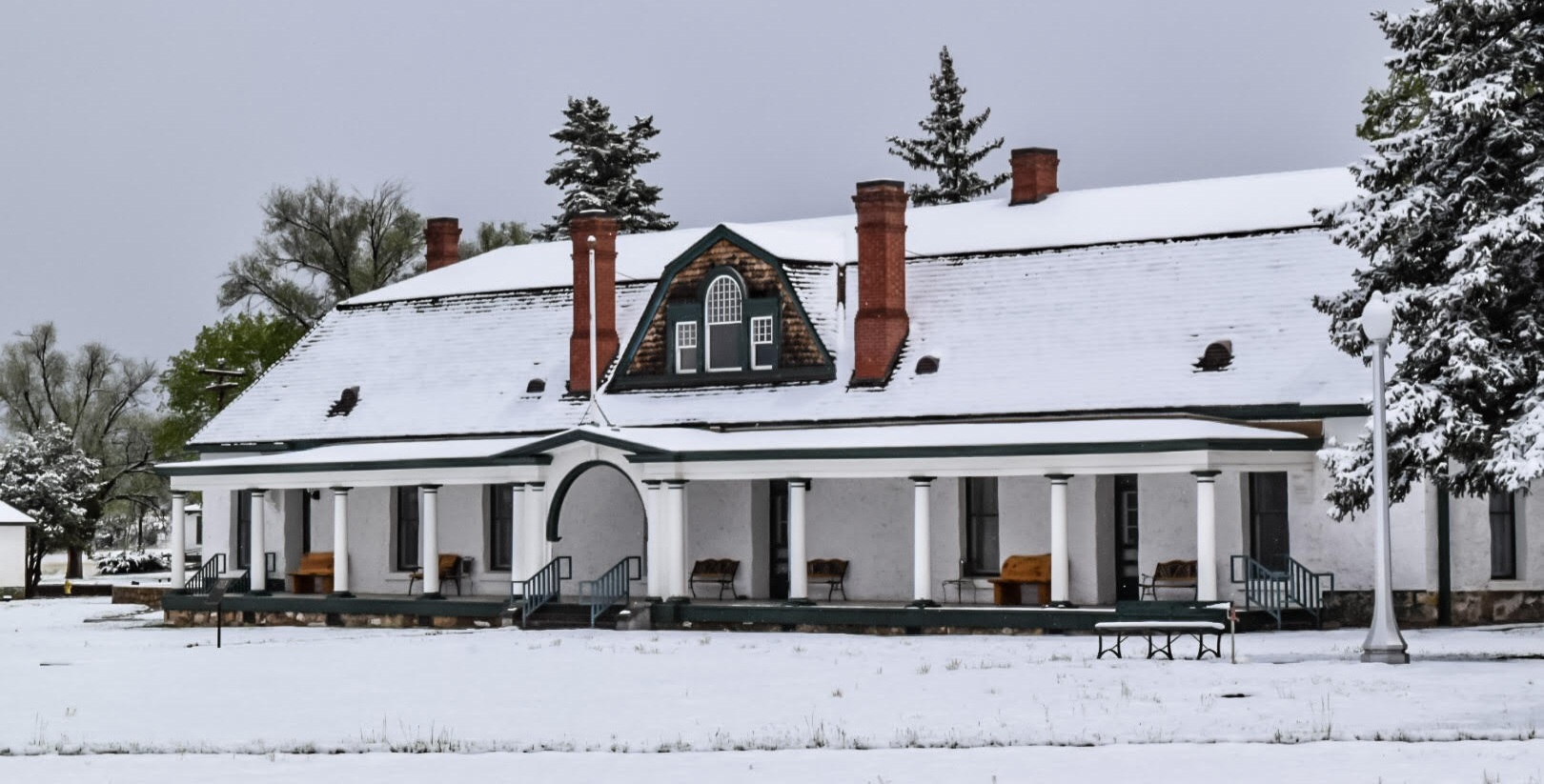
About us
Fort Stanton, Inc. (FSI) is a nonprofit corporation (501-c-3) founded in 1997 to help preserve this national treasure and to seek its adaptive reconstruction as a living history center. Our Mission is not only to preserve the physical artifacts of an earlier time, but also to grant visitors a deeper understanding of those who have gone before us and helped make us who we are today.
FSI succeeded in mobilizing public opinion and convincing the State Legislature to preserve the Fort and appropriate the first funds for its renovation. Fort Stanton, Inc. also won substantial grants to begin reconstruction of the historic buildings. On August 9, 2007, Lieutenant Governor Diane Denish proclaimed the establishment of the Fort Stanton State Monument.
Your donations are tax deductible according to IRS rules. Membership is open to any interested person who wishes to support the Fort.
The Museum is available for group and school tours, educational programs, weddings & parties, corporate events, facility rentals, and more.
Contact Fort Stanton Inc. officers and board members.
Become a member
Help us to preserve and maintain this extraordinary piece of New Mexico history and expand our educational programs for generations to come!
Join or Renew Today!
Become a member of Fort Stanton, Inc., and help us preserve Fort Stanton’s past for the future. All money collected through memberships, donations and events goes to support of the preservation of this unique and important New Mexico Historic Site.
Fort Stanton, Inc., is an all volunteer organization and there are many opportunities to support Fort Stanton. Members also receive a newsletter four times a year to keep you up to date on what has been happening at the Fort and upcoming events.
Membership Benefits Include:
Free admission to most Museum events.
10% off all non-sale items in Gift Shop.
The satisfaction of knowing that your partnership with Fort Stanton, Inc. will help us preserve and maintain this extraordinary NM Historic Site and expand our educational programs for generations to come.
The Fort Stanton Garrison
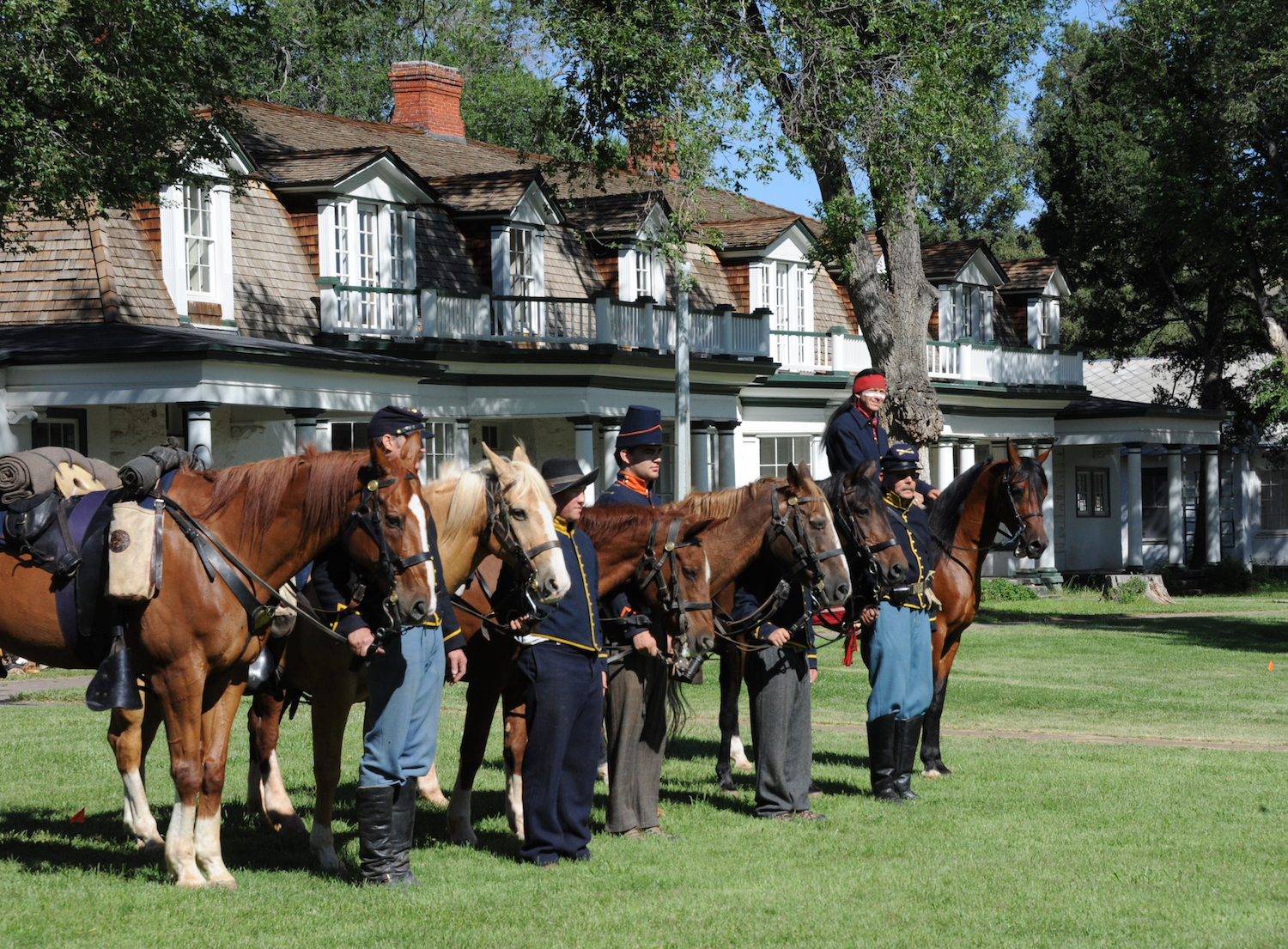
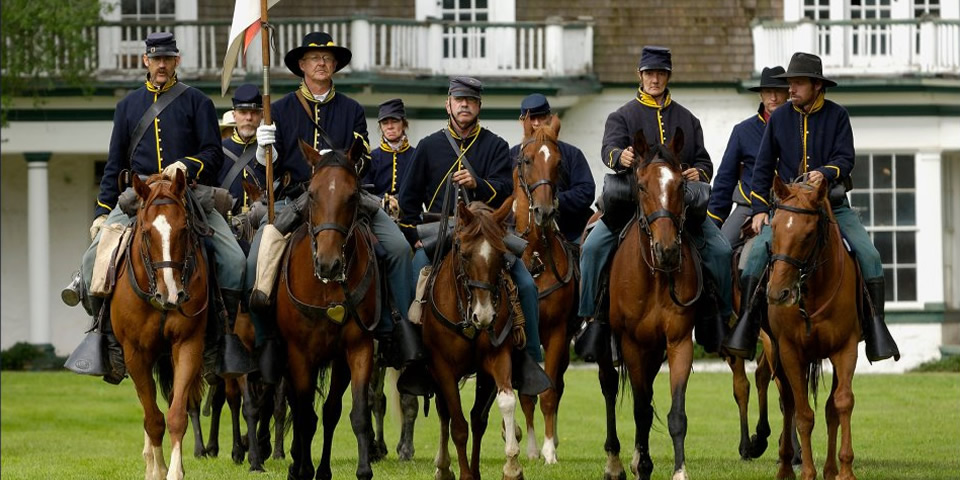
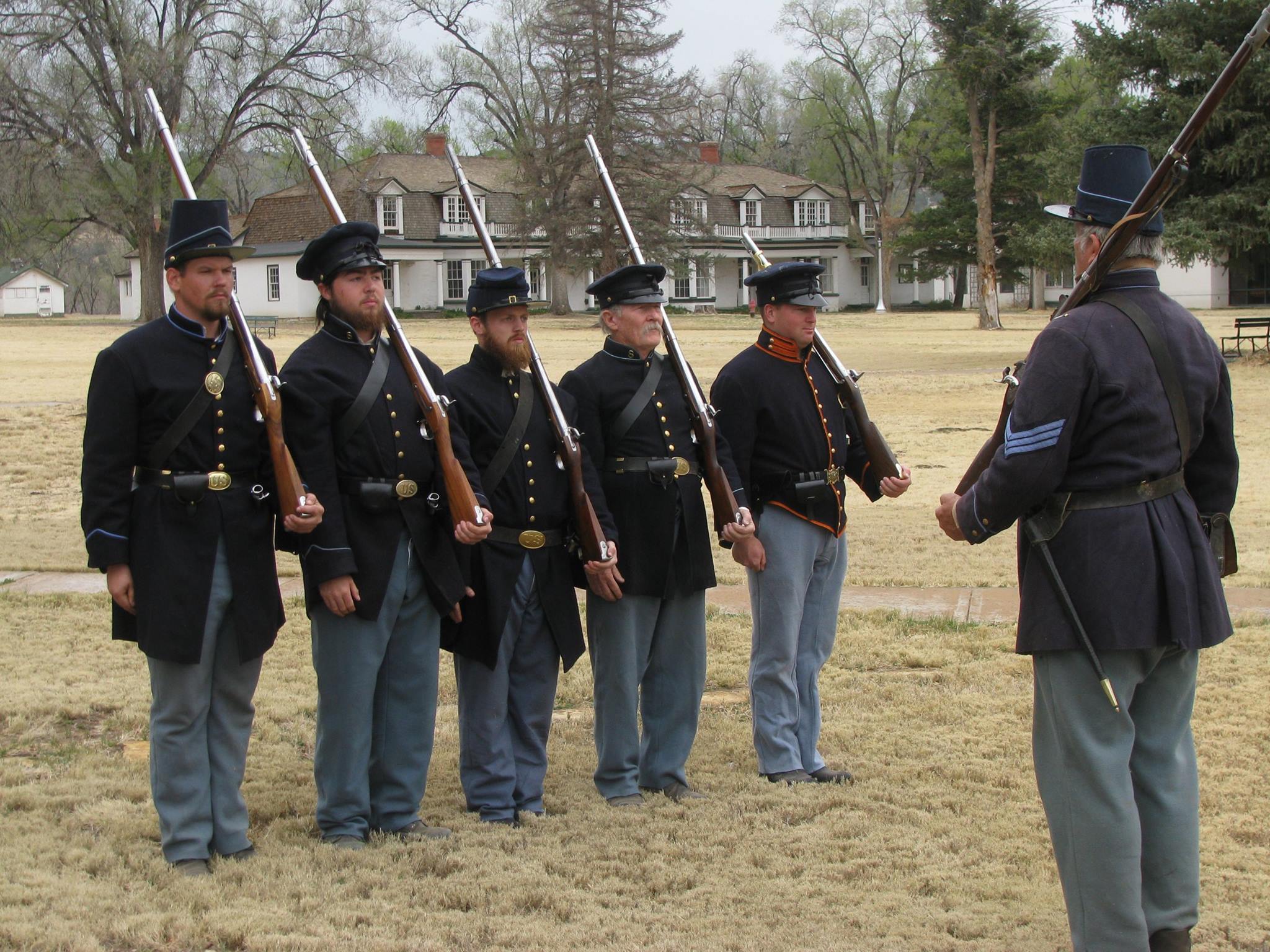
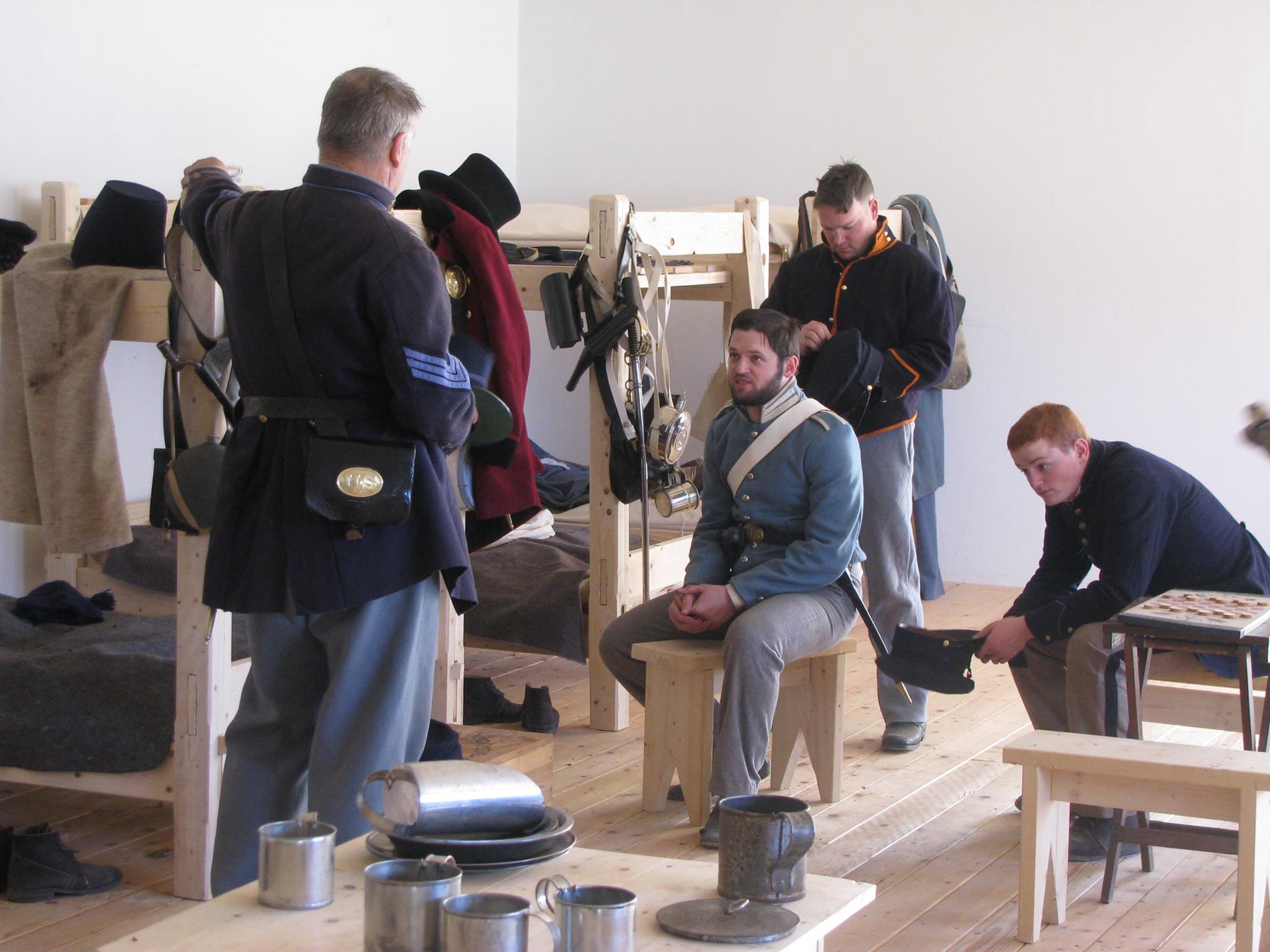
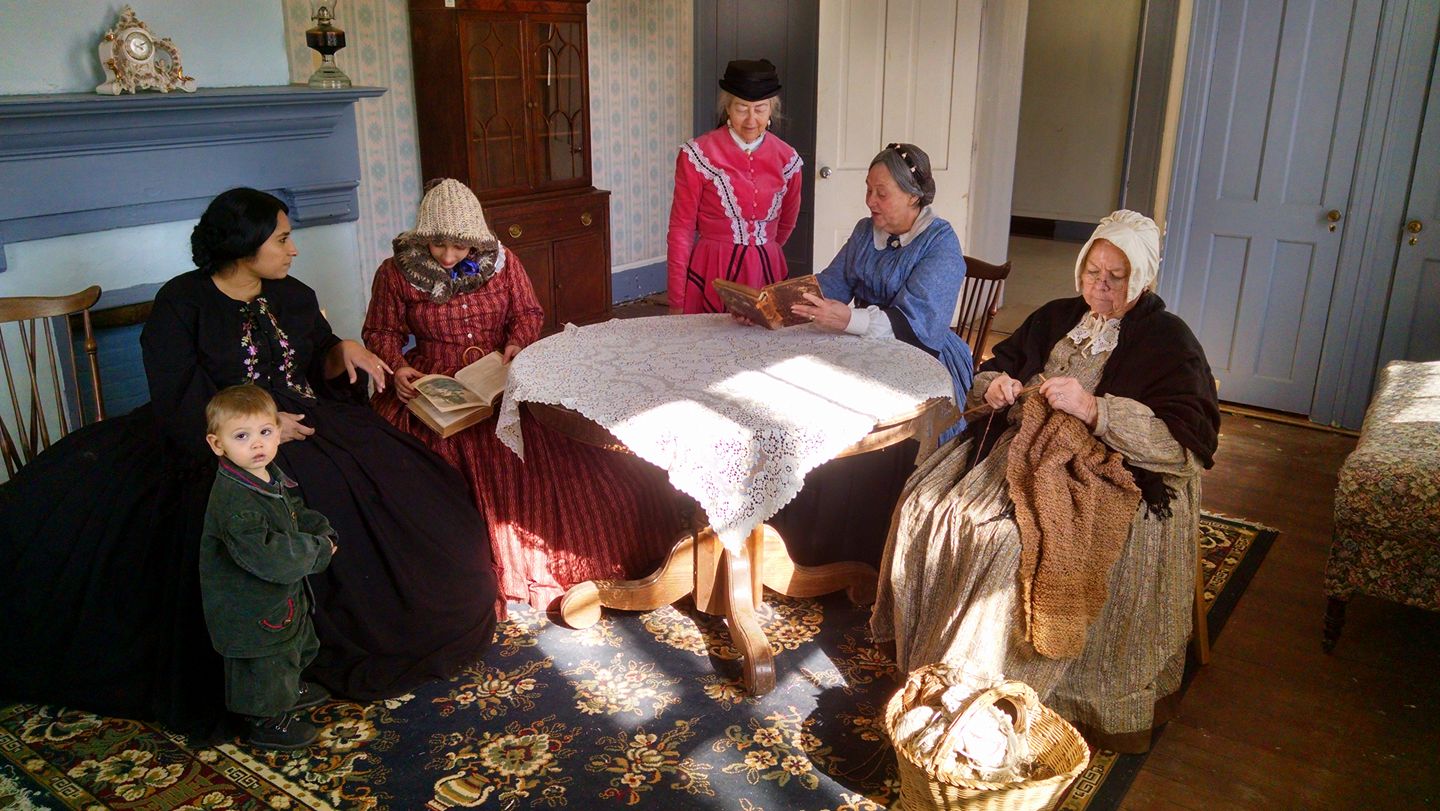
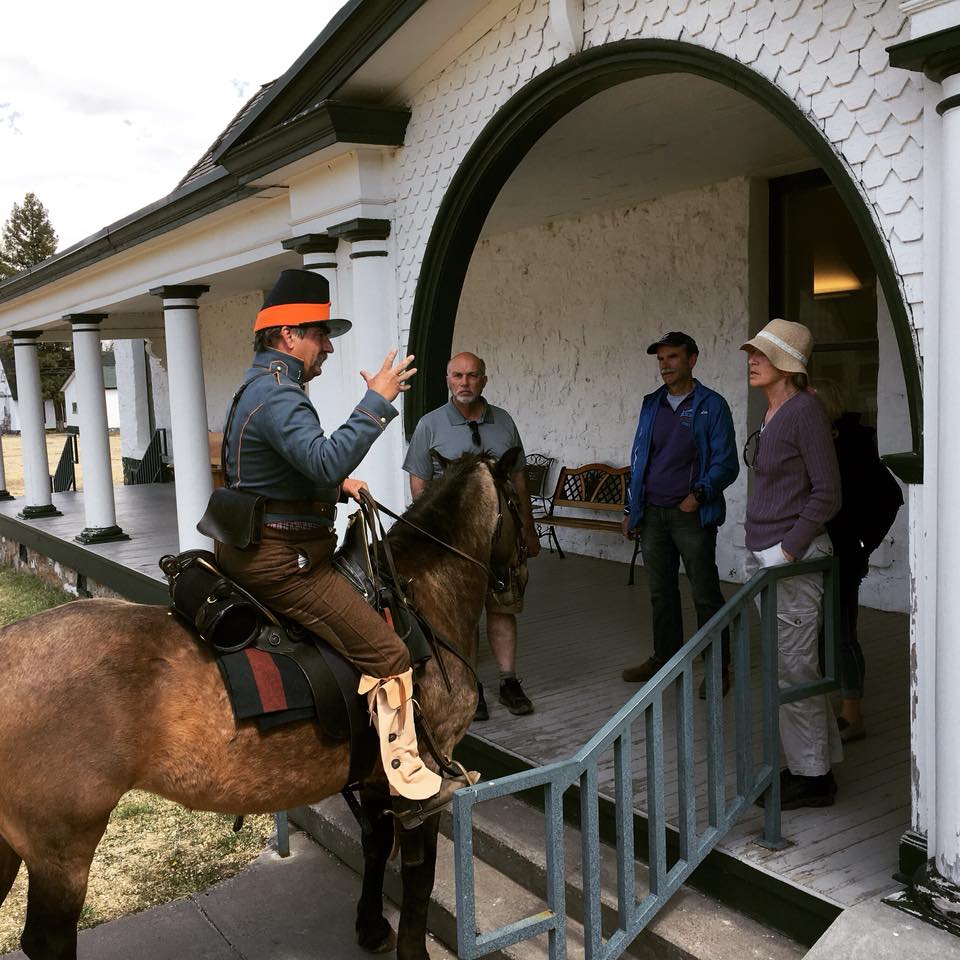
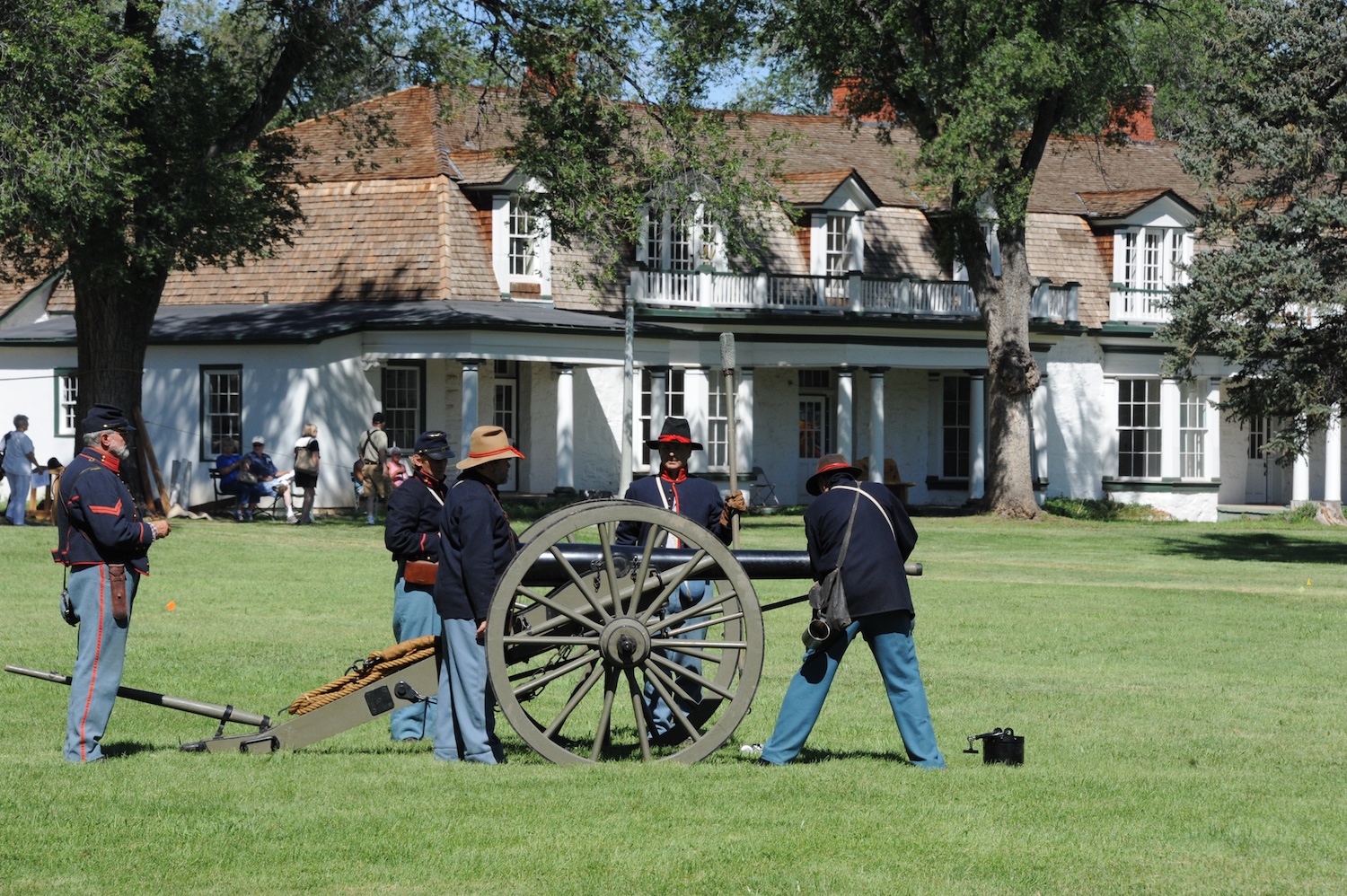
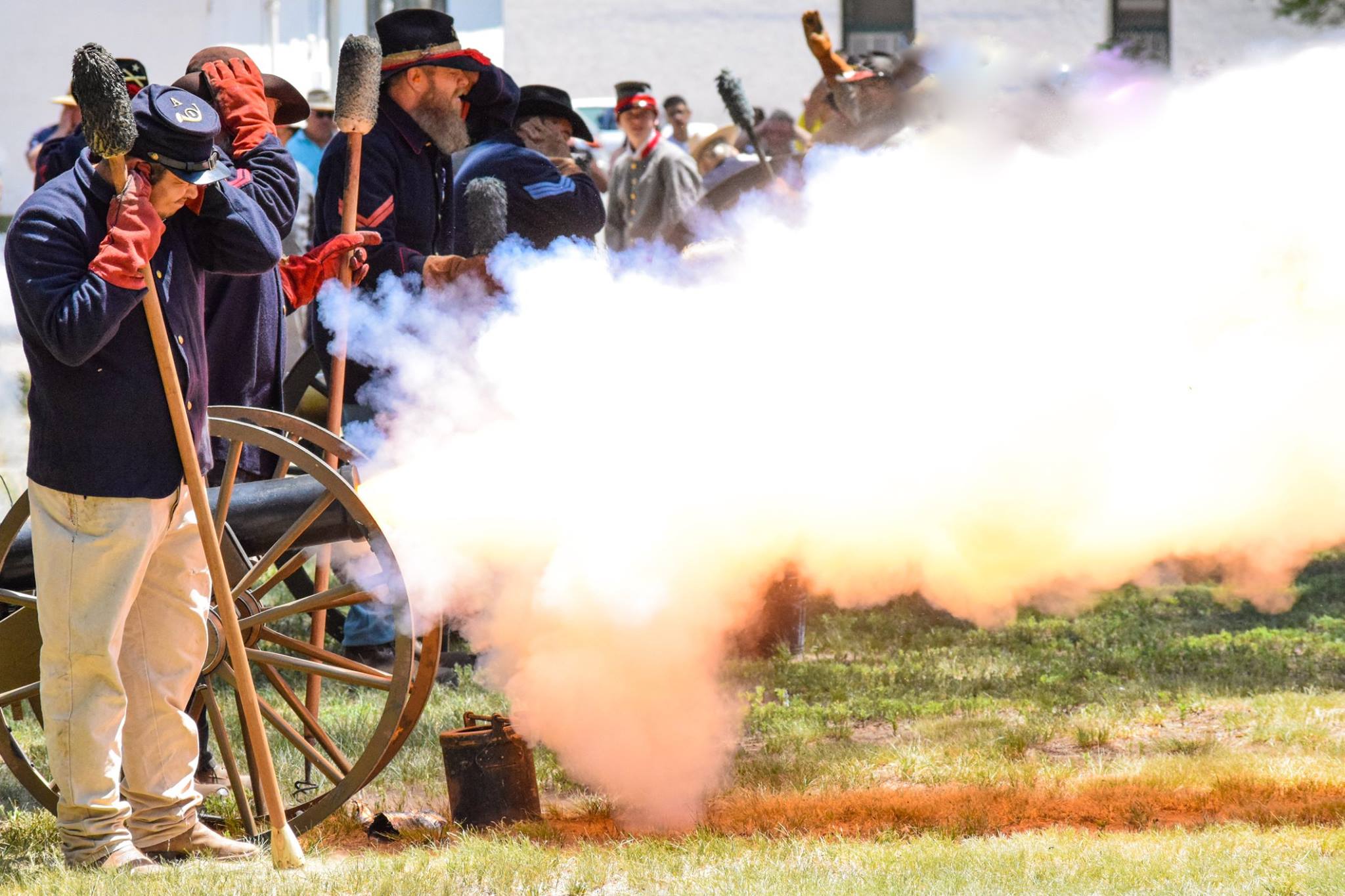
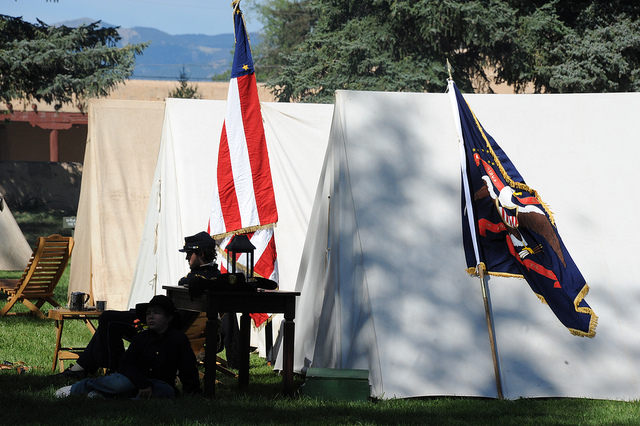
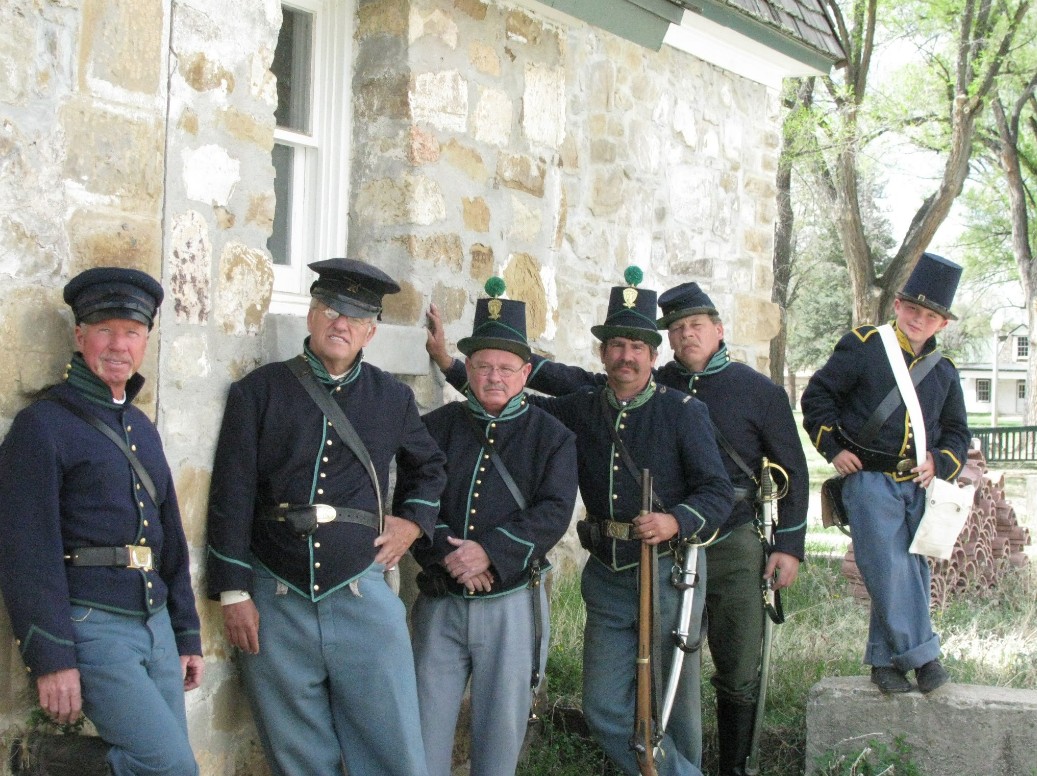
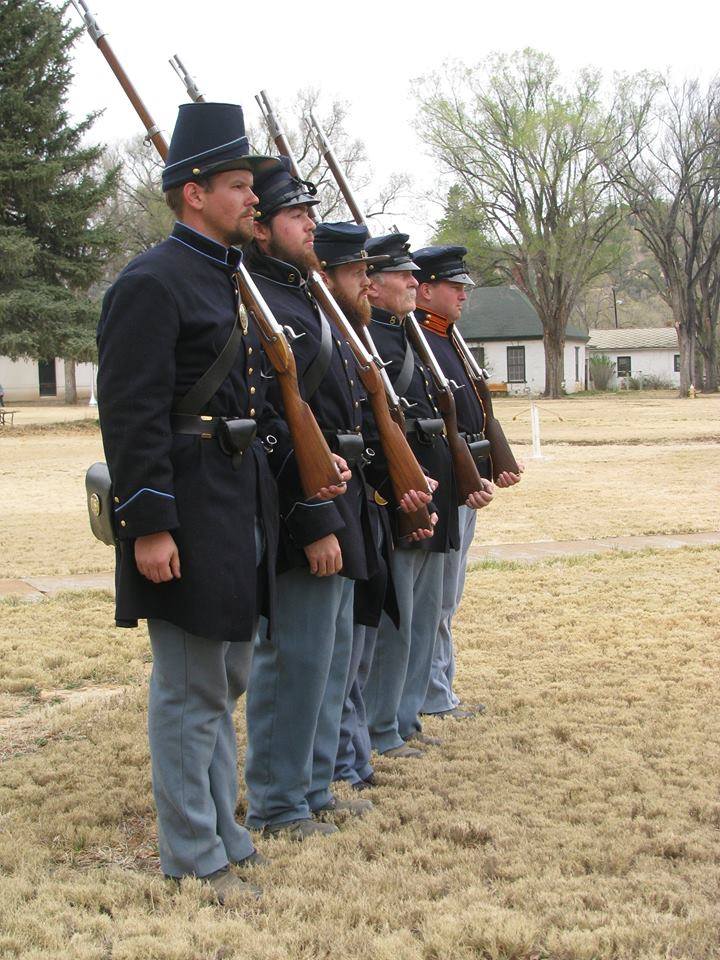


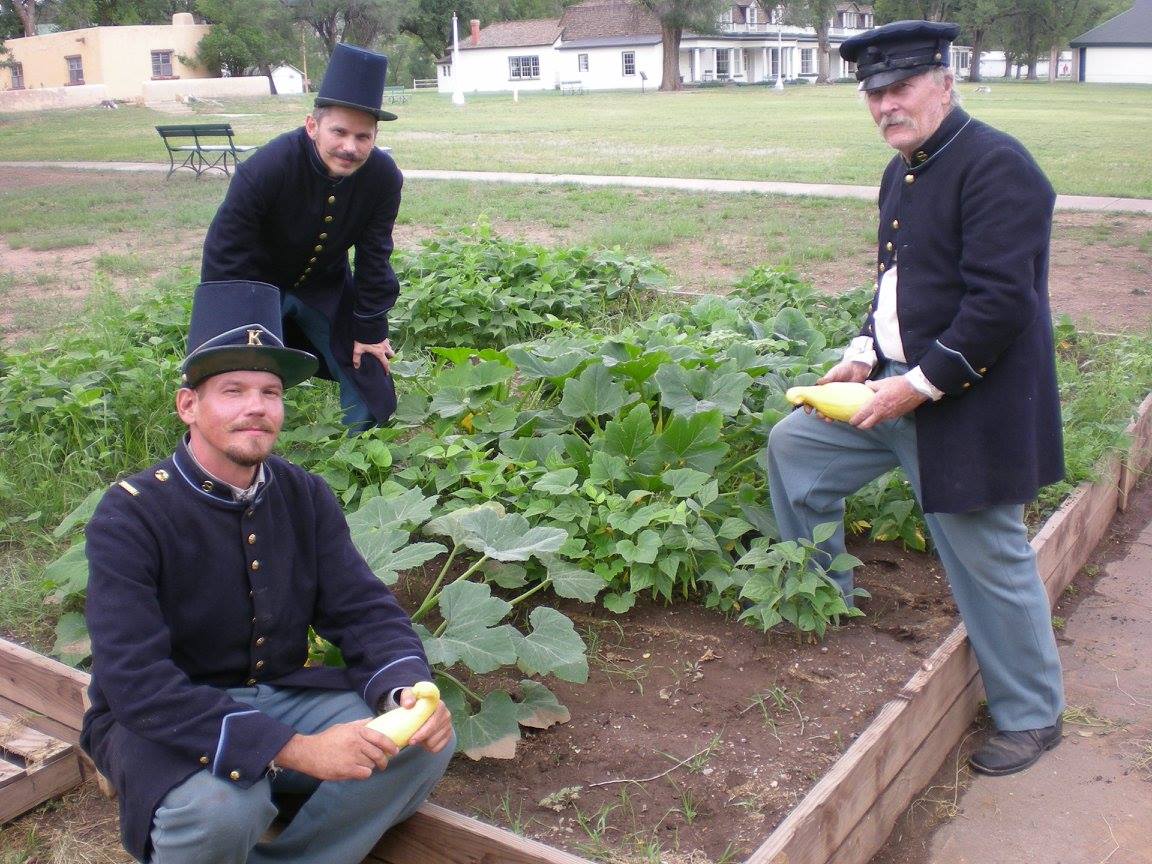
A living history program is the most effective tool a historical museum possesses to relate the significance of its site and the people who inhabited it to modern visitors. The Fort Stanton Garrison, a Fort Stanton, Inc. subsidiary, will undertake this living history program. Properly uniformed and equipped volunteers will recreate, as faithfully as possible, the life of soldiers stationed at Fort Stanton during its active military existence. Various activities such as military drills, animal care, fatigue duties, and leisure time will be demonstrated to visitors in an effort to educate them about Fort Stanton and the need to preserve its heritage.
The Fort Stanton Garrison will host living history events on the 2nd Saturday of each month throughout the year. Activities include a flag ceremony, military drill, fatigue (work) details, leisure activities and horse care. Additional activities will include demonstrations of specific skills such as musket firing, horsemanship and field cooking, to name a few. During these activities, at least one of the Garrison volunteers will be available to talk with visitors to explain the activity taking place and the significance of that activity to the daily life of a soldier at Fort Stanton. Visitors will be able to view activities and may even be invited to participate in some activities for a hands-on experience. In addition to monthly events, Garrison members may be called on to assist with the group or special activities where a living historian or historic demonstration will add to the experience of that group or activity.
Visit the Fort Stanton Garrison’s Facebook Page
then and now…
The History Of Fort Stanton
Introduction
Named for Captain Henry W. Stanton, who was killed in a skirmish with the Apaches, Fort Stanton was built in 1855 by soldiers of the 1st Dragoon and the 3rd and 8th Infantry Regiments to serve as a base of operations against the Mescalero Apache Indians. It served as a military fortification through 1896. Built of local stone, the sturdy 1855 buildings have lasted to this day. The Fort was named for Captain Henry W. Stanton, killed fighting the Apaches in 1855 near present day Mayhill. Troops marched out from the Fort to search for and fight the Mescalero Indians during numerous campaigns from 1855 until the 1880’s.
The Military Years
The Fort was seized by Confederate forces in 1861. During the occupation, three Rebels were killed by Kiowa Indians while on patrol 50 miles north. After all supplies were moved to Mesilla, the Confederates abandoned the Fort, burning it as they left. More…
The Hospital Years
In 1896, with the Mescalero Apache settled on the nearby reservation and the surrounding area bustling with new communities, the Fort was abandoned by the Army and closed. In 1899, however, the US Public Health Service acquired the Fort as a tuberculosis hospital for the Merchant Marine. Selected for its healthful climate, it served some 5,000 sailor patients between 1899 and 1953, 1,500 of whom are buried in the Maritime Cemetery on a hillside overlooking the Fort. The patients lived in specially constructed tents, for fresh air and sunshine were the only known cures for tuberculosis.
During this time, many new buildings were constructed including a hospital, stables, new living quarters for the families stationed at Fort Stanton, and literally hundreds of tent-houses for the patients. The hospital was fairly self-sufficient, establishing a large farm on the nearby grounds with patients serving in the fields, as well as recreational activities like a golf course for the doctors, baseball fields and a theatre for the resident workers. The nearby cemetery grew to include veterans of other services as well as Merchant Marines, making it a place for current visitors to the site to engage in contemplative visitation.
CCC & Internment Camp
During the Great Depression, Fort Stanton was home to a CCC work camp, which later served as the internment site for German merchant seamen from the German luxury liner, S.S. Columbus, which was scuttled outside of New York to prevent its capture by the British. The German internees built a camp that included such amenities as gardens for fresh produce, a recreation hall, and a swimming pool in which “mini-Olympic” competitions were held with the local population. After war was declared with Germany and Japan, the Internment camp housed some German prisoners of war as well as a few Japanese internees. It was used during early WWII for several months as a refuge for a group of Japanese-American families threatened by mobs in their hometowns.
1953 to 1997
In 1953, the Fort was given to the State of New Mexico and used first as a tubercular hospital and then, from the 1960’s until 1995, as the State Hospital for the Developmentally Handicapped. For a short time it was a low security women’s prison and has housed several juvenile, drug and alcohol rehabilitation programs. When the State moved to dispose of the property, Fort Stanton, Inc., a nonprofit corporation (501-c-3), was created in 1997 to save this national treasure and seek its adaptive reconstruction as a living history center. It succeeded in mobilizing public opinion and convincing the State Legislature to preserve the Fort and appropriate the first funds for its renovation. Fort Stanton Inc., also won substantial grants to begin reconstruction of the historic buildings. On August 9, 2007, Lieutenant Governor Diane Denish proclaimed the establishment of the Fort Stanton State Monument. To present, the Fort Stanton Historic Site is managed by the New Mexico Department of Cultural Affairs (DCA).
Bureau of Land Management Partnership
Fort Stanton has partnered with the Bureau of Land Management (BLM), which oversees thousands of acres surrounding Fort Stanton. Visitors are invited to enjoy the nearly 100 miles of trails for biking, hiking and horseback riding with a camping area operated by BLM within the Fort Stanton-Snowy River Cave National Conservation Area. The BLM operates an extensive caving program, including studies of the Fort Stanton Cave and Snowy River, but the caves are not currently open to the public.
Read more: Download An Illustrated History of Fort Stanton (PDF file)
LEARN
Educational Programs
Learn New Mexico history in your own backyard! Fort Stanton Historic Site has almost 165 years of history that tells a unique story of western expansion and the resulting clash of cultures. Fort Stanton's story continued long after its use as a military fort when it became a public health facility that was responsible for groundbreaking research and treatments in the fight against tuberculosis, as well as providing a stabilizing economic and social foundation for nearby communities.
Our goal is to give your students an in-person appreciation of our shared history while incorporating concepts that tie in with NM standards for your social studies curriculum.
Not able to come to Fort Stanton? Our Instructional Coordinator Supervisors, contact Instructional Coordinator Supervisors, Oscar Navarro and Alanea White, can come to you for a presentation at your school. For more information about on-site tours or in-class presentations, please contact:
Contact the NM Department of Cultural Affairs Site Manager for State Historic Parks
or call: 575-653-4025 ext. 111
On-Site Tour Scheduling (weather permitting):
Please contact us at least 2 weeks in advance to schedule your tour. Tours usually last about one hour. Reach out to us for more information on scheduling details.
School tours may be scheduled Thursday to Monday for a morning or afternoon session.
Morning Session: 10:00-12:00 (Not including bathroom or lunch breaks.)
Afternoon Session: 12:00-2:00 (Not including bathroom or lunch breaks.)
*** If you are considering both Fort Stanton and Lincoln Historic Site, tour times will be adjusted to allow a break for both students and staff.
Touring Lincoln and Fort Stanton Historic Sites:
Fort Stanton and Lincoln Historic Sites are within 12 miles of each other and both provide completely different learning opportunities for your students. Since the stories of both sites are connected by the Lincoln County War, you may consider a tour at one site in the morning, a lunch break, and then complete the experience with a tour of the other site in the afternoon. For most classes, this option is typically influenced by drive time and bus schedules.
Teachers & Chaperones:
Fort Stanton Historic Site can accommodate tours for up to 60 students. For safety reasons, please plan on a teacher/chaperone to student ratio of 1 adult for every 10 students. Large groups will be split into two smaller groups.
It is important that chaperones understand their role in supervising students. At both sites, the buildings themselves should be treated as artifacts, as well as the items contained within. Students should be instructed not to touch or sit on artifacts or furniture, not to walk or climb on structures or walls and not to climb, run or jump while inside buildings. Students should also be instructed to use "inside voices" and to stay with the tour guide at all times.
Weather:
Our tour includes several locations with considerable time spent outdoors. Temperatures can be 20-30 degrees cooler, especially on windy days. Students should be encouraged to bring layered clothing. Other considerations are sunscreen, umbrellas, or bug repellants.
Lunch:
Although food and drinks are not allowed inside the museums, tours have been scheduled to allow time for lunch after completion of your tour or prior to the start of your tour time. Fort Stanton has a location near the bus with picnic tables and trash cans. In inclement weather, an indoor cafeteria space is available.
Food is not available for purchase on-site at this time.
Parking & Restrooms:
Approaching Fort Stanton from Hwy 220, school buses and private vehicles will be entering the Fort compound on Kit Carson Rd. Just after the 2nd crosswalk, an inlet on the left provides space for a bus to pull in parallel to the museum without having to turn into a parking lot. Chaperones in private vehicles may turn right and enter the museum parking lot across the street from the bus inlet. Please remind students when before they debus that they will be stepping out into a street and that they need to remain aware of their surroundings and stay close to the bus until they are instructed to move.
Restrooms are available at the museum, so it is recommended that you arrive 15-20 minutes before your tour start time to allow for a bathroom break.
Ready to schedule your tour?
Please contact Instructional Coordinator Supervisors Oscar Navarro and Alanea White, to inquire about availability for your desired tour date and discuss additional details. We hope to see you soon at Fort Stanton Historic Site! Please contact us at least 2 weeks in advance to schedule your tour. Tours usually last about one hour. Reach out to us for more information on scheduling details.
575-653-4025 ext. 111
Educational programs at Fort Stanton are ongoing. Please contact us for more information.




